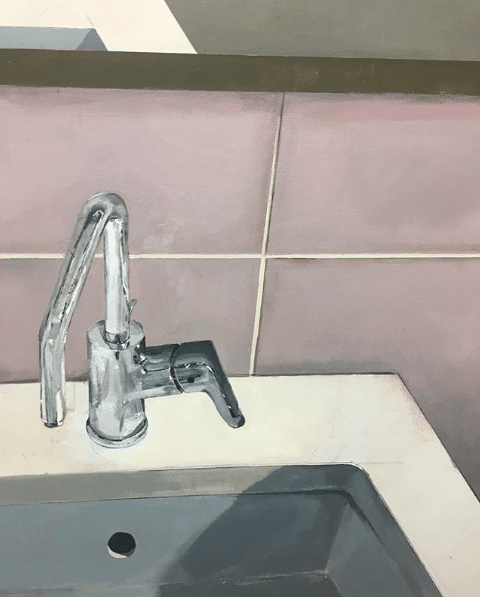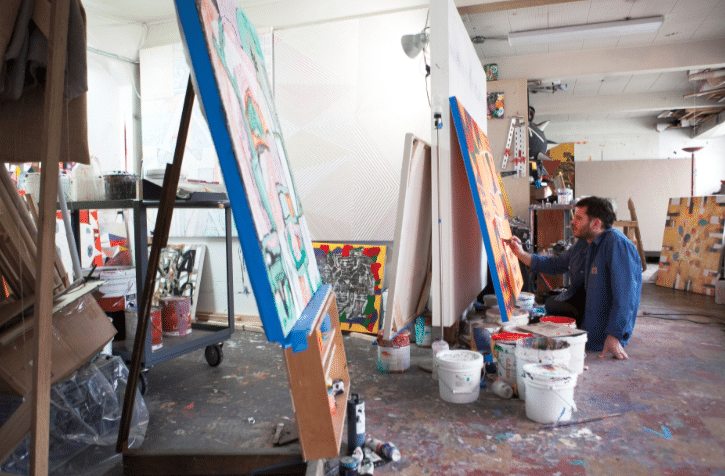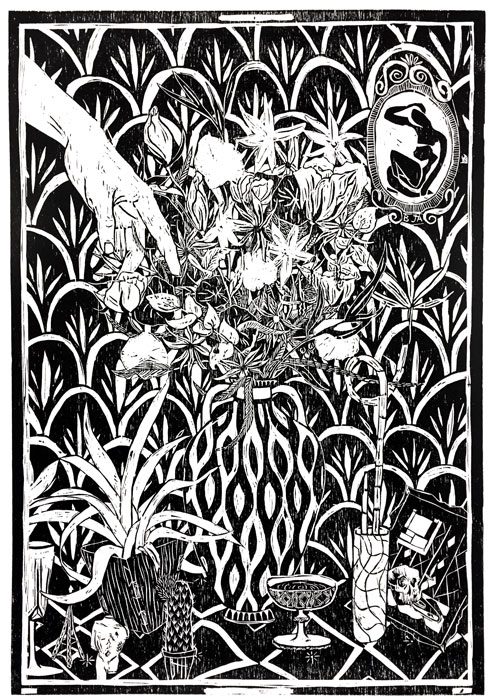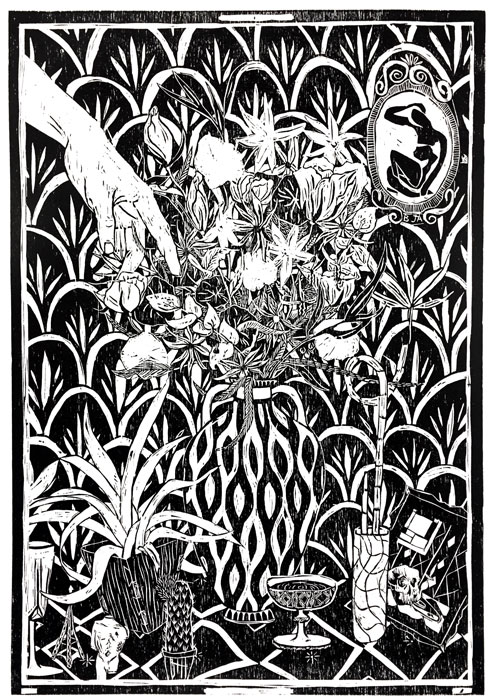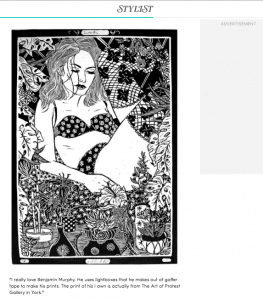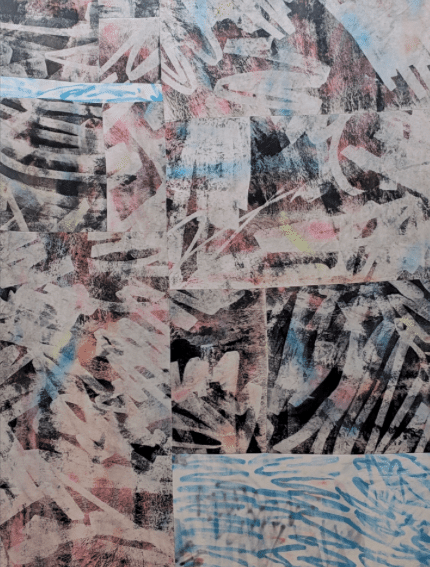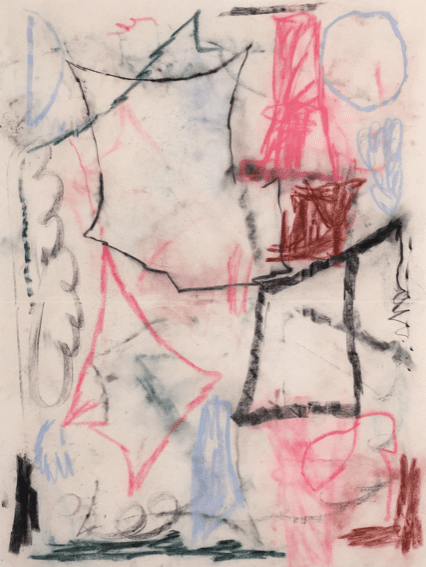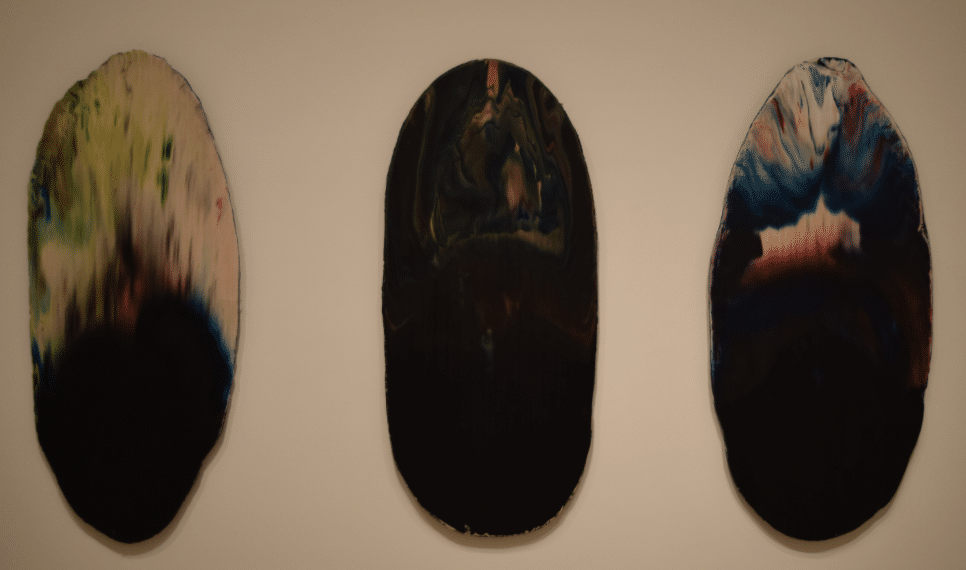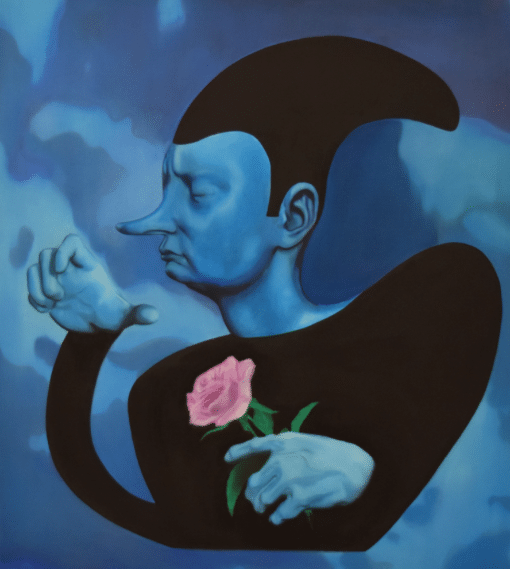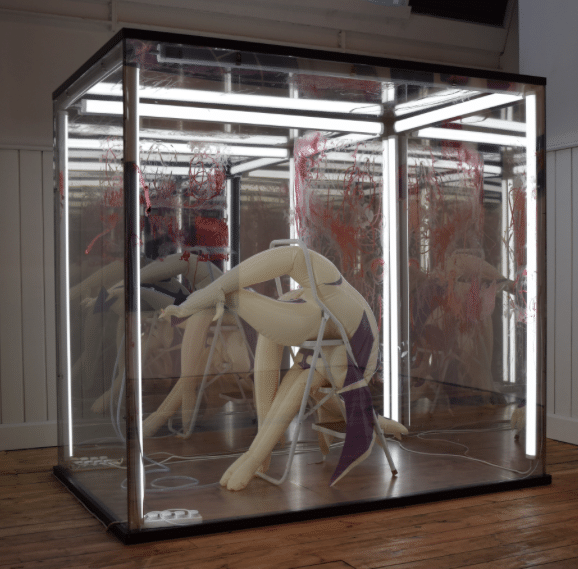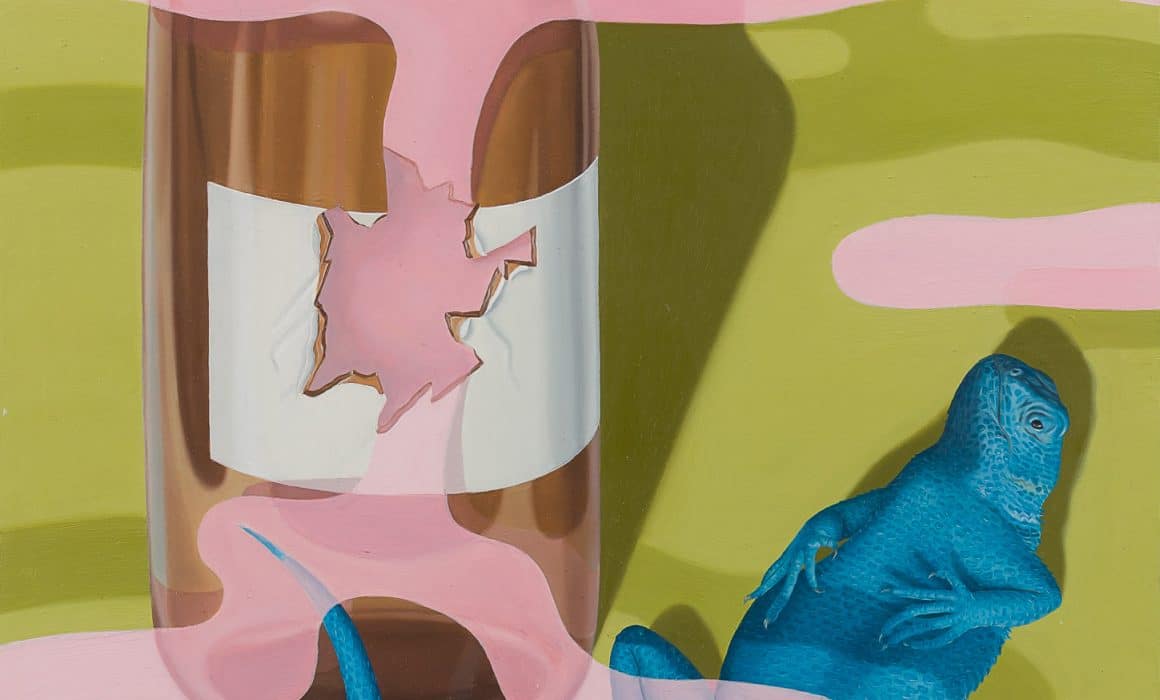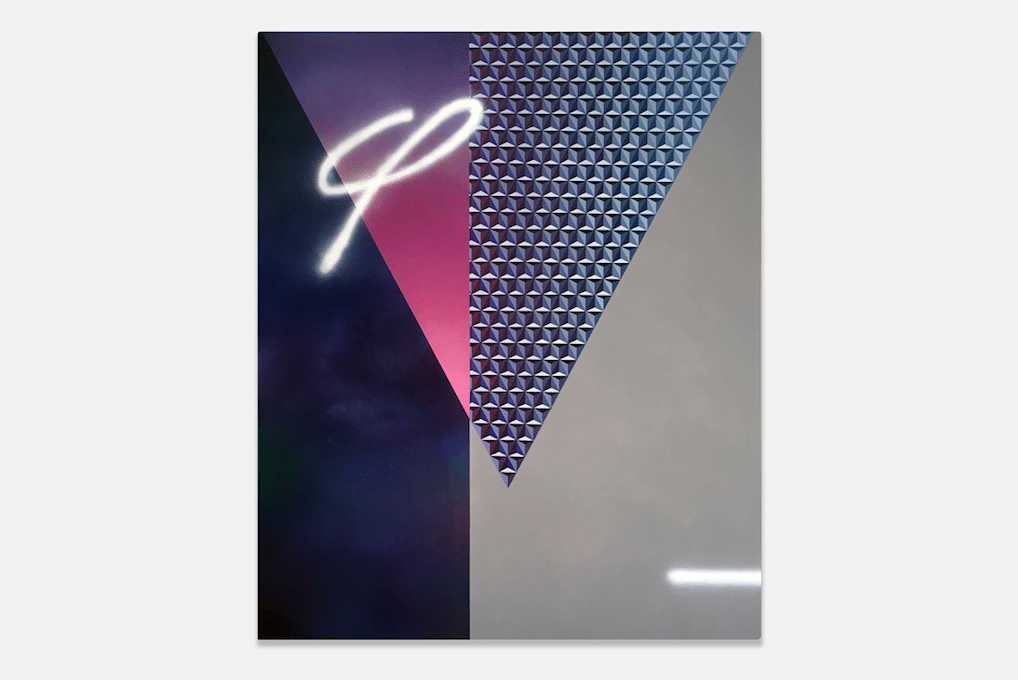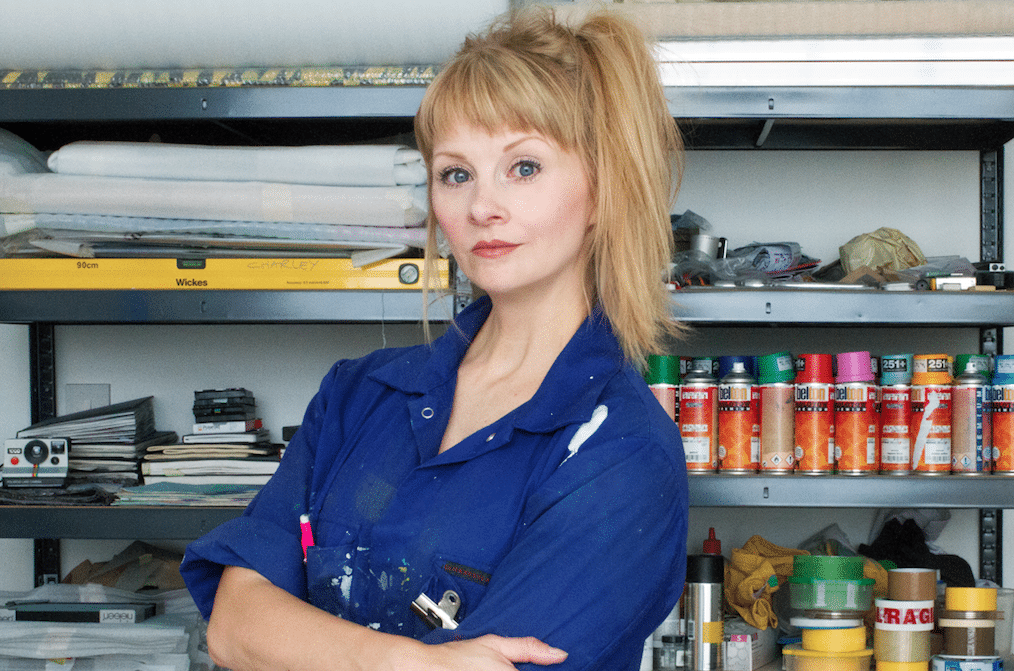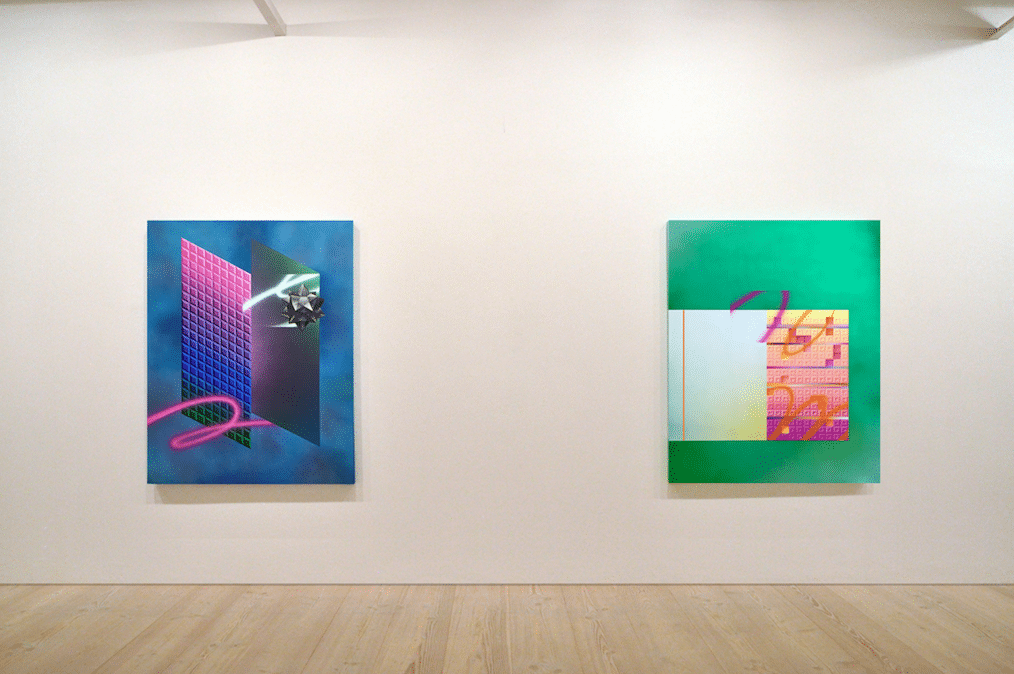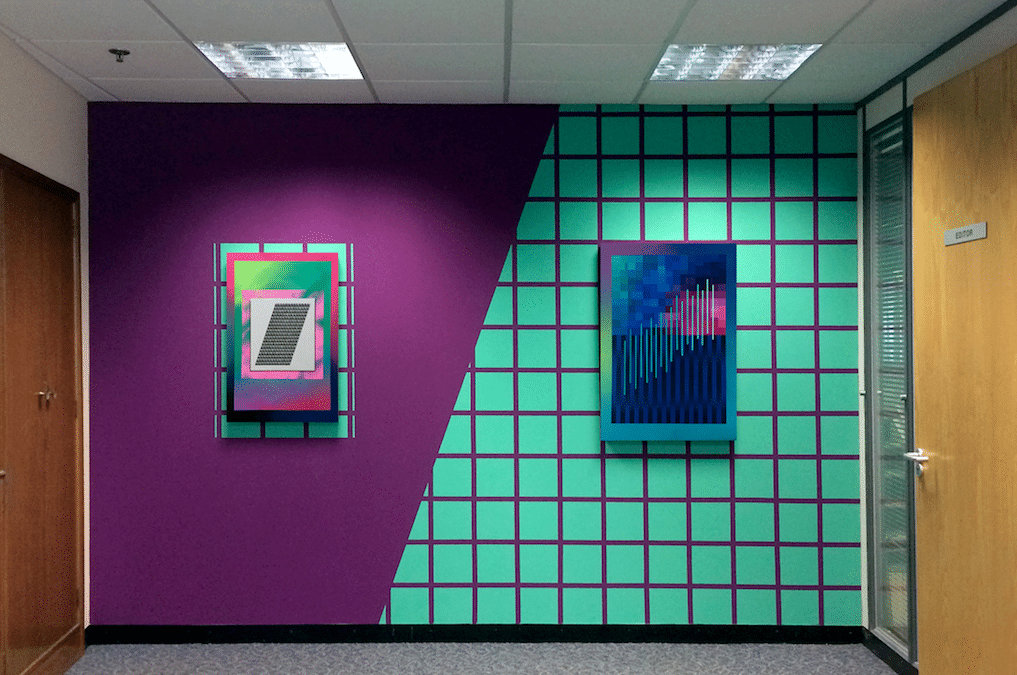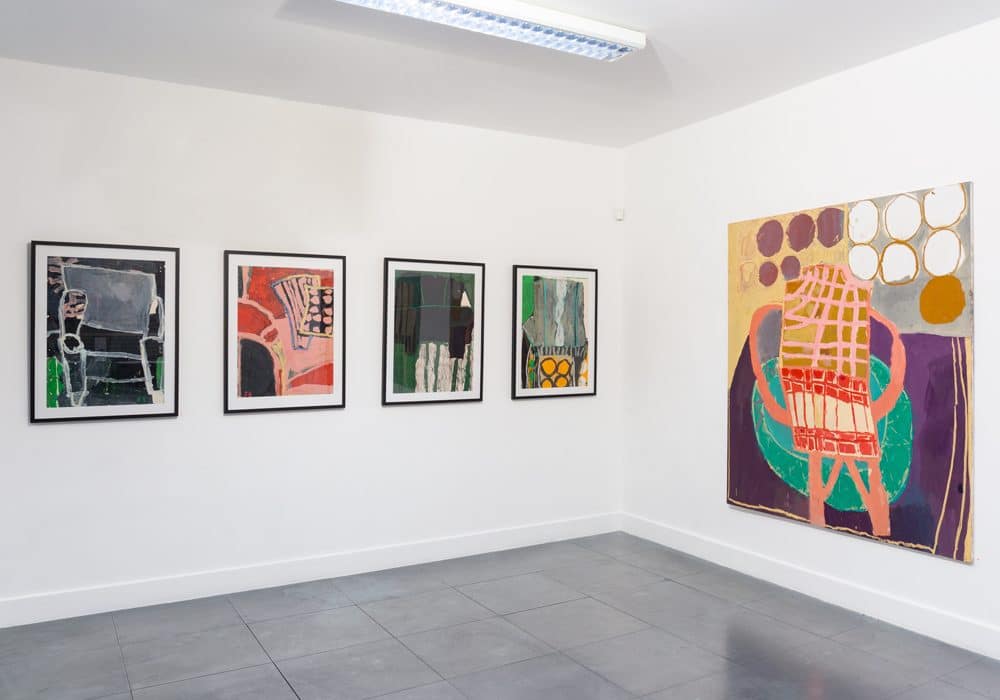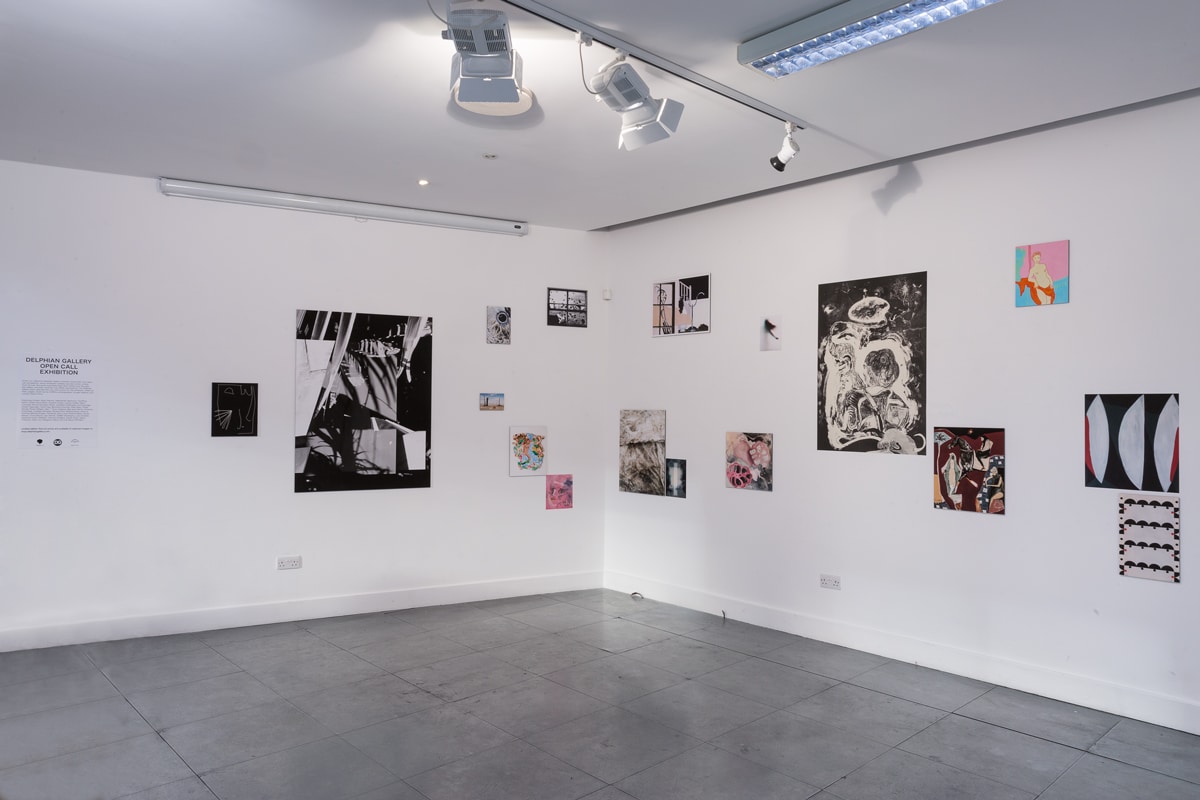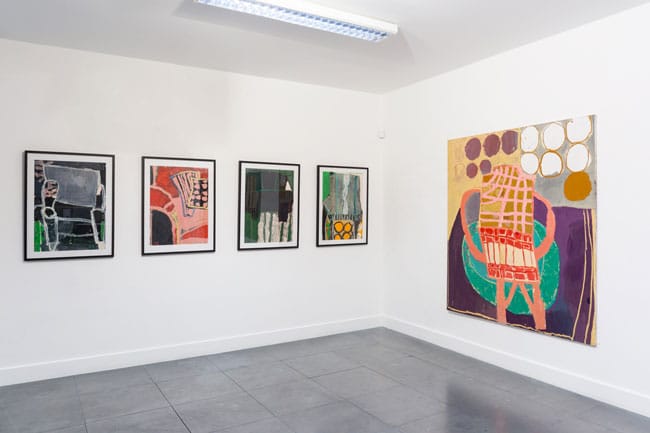Third Fifteen Winners of our 2019 Open Call
Here are the first 15 winners of our 2019 Open Call. We had an incredibly difficult time whittling the 10,000 submissions down to just 45, but we got there in the end. Here are the first 15.
The below artists are in alphabetical order, and the works below aren’t necessarily the ones in the show.
Most of the works in the show are available as prints, which you can view by clicking this link.
Michalitsa Kozakopoulou (@CandyPinkFlesh)
Nettle Grellier (@NettleGrellierArtist)
Peter Evans (@PeterEvans___)
Rachael Neale (@Rachael.Neale)
Rhiannon Salisbury (@Rhiannon_R_Salisbury)
Rhys Thomas (@RhysThomasArtist)
Ronan Bowes (@Ronan_O_Buadhaig)
Rune Christensen (@Rune_Christensen)
View this post on InstagramWIP! Oil pastel and acrylic on canvas, 50×60 #contemporary #stilleben #painter #wip
Sasha Baszynski (@Baszynski_Sasha)
Sergio Giannotta (@Sergio.Giannotta)
Sophi Megan (@SophiMeganArt)
Tania Alvarez (@TaniaAlvarezArt)
Tomas Harker (@TomasHarker)
Valerie Savchits (@Valerie.Savchits)
Vojtech Kovarik (@Vojtech_Kovarik)

